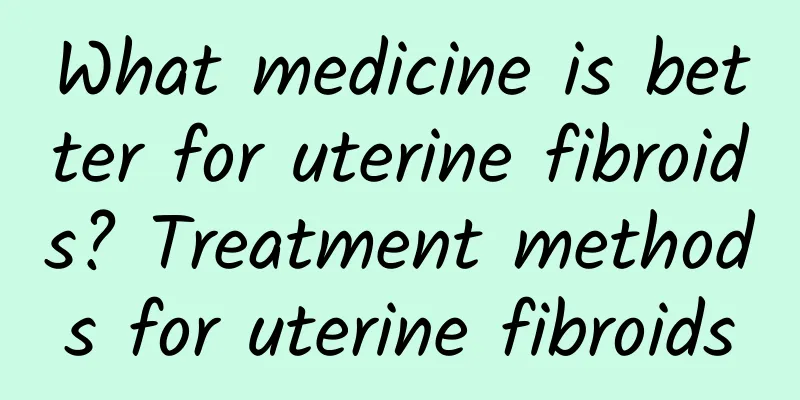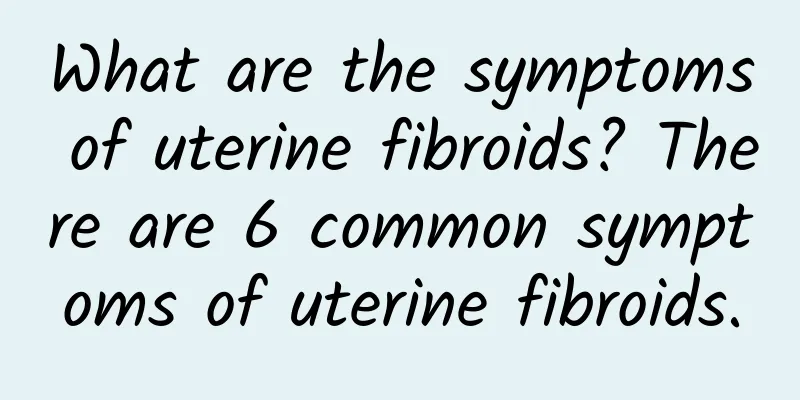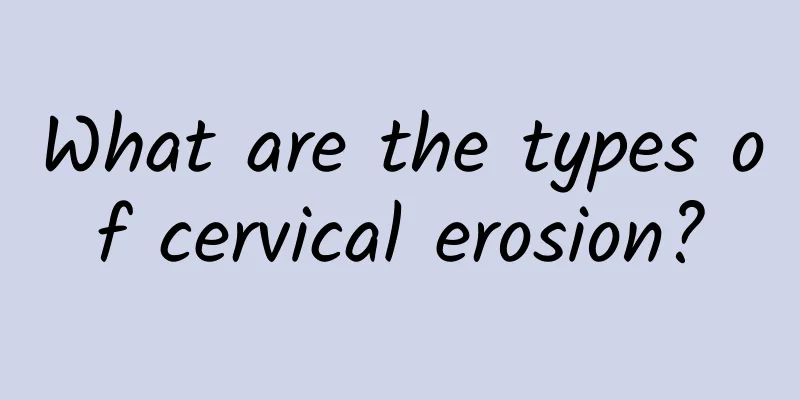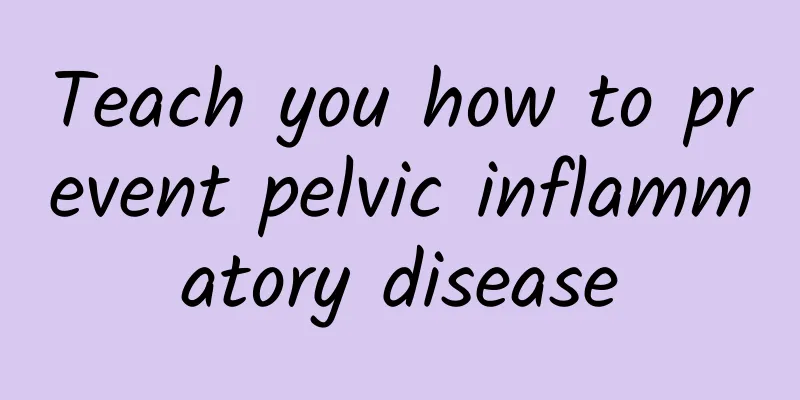What medicine is better for uterine fibroids? Treatment methods for uterine fibroids

|
Since uterine fibroids are related to estrogen, most drugs used to treat fibroids are related to lowering estrogen levels or antagonizing estrogen. Commonly used drugs include: Introduction to commonly used drugs for uterine fibroids 1. Gonadotropin-releasing hormone agonist (GnRHa) GnRHa can cause amenorrhea in most patients. Three months of treatment can reduce the volume of fibroids by about 35-65%, but within a few months after stopping the drug, the size of the fibroids will gradually return to the size before treatment. Therefore, its effect is temporary. It is mainly used for laparoscopic surgery or hysteroscopic surgery for large fibroids. 2. Aromatase inhibitors Aromatase inhibitors reduce estrogen production in the ovarian and peripheral tissues, lowering estrogen levels. These drugs work faster based on their mechanism of action, but with far fewer side effects than GnRH-like drugs. Aromatase inhibitors can reduce the size and symptoms of uterine fibroids. 3. Mifepristone Mifepristone's antiprogestin activity works on the higher-than-normal levels of progesterone receptors in uterine fibroids. Several studies have shown that high doses of mifepristone can reduce the size of fibroids by about 26-74%. Compared with the use of gonadotropin analogs, its effect is lower, and the recurrence rate of fibroids is lower after stopping mifepristone. With mifepristone, the amenorrhea rate can reach 90%, bone density remains stable, and pelvic compression is improved. Side effects of mifepristone include endometrial hyperplasia, endometrial cancer, and transient transaminases. Treatments for uterine fibroids 1. Drug diagnosis and treatment: For patients with severe conditions, drug diagnosis and treatment can only be a temporary treatment, not a permanent treatment, and cannot completely cure uterine fibroids. Since the drug contains hormones, long-term use will not improve the condition, so this method is still suitable for patients with milder conditions. 2. Surgical treatment: The surgical treatment method is to completely remove the fibroids in the uterus, so that the patient can recover quickly and reduce the harm of the disease to her health. However, surgical treatment can usually be performed for patients who do not have fertility requirements. 3. Minimally invasive surgery: It is usually laparoscopic treatment, which makes up for the deficiencies of traditional Chinese medicine and surgical treatment, and can enable patients to recover their health as soon as possible. The risk of surgical treatment is relatively reduced, because it is a minimally invasive surgery, the wound is very small, which can satisfy women's beauty psychology. |
<<: How to treat multiple uterine fibroids? What are the treatments for multiple uterine fibroids?
>>: How to treat uterine fibroids? Can uterine fibroids only be treated by surgery?
Recommend
What are the causes of menopausal syndrome?
Menopausal syndrome is a common disease that ofte...
To avoid rapid aging and obesity, your body needs "this" fuel! 4 tips to start ketosis and fat burning
If you don’t want to age quickly and gain weight,...
High-fiber fruits and vegetables help with bowel movements, healthy intestines and faster weight loss
The key to losing weight easily and not gaining w...
Mechanical factors may lead to ectopic pregnancy
Ectopic pregnancy refers to the implantation and ...
You don’t have to rely on squats to get a perky butt! These two tricks also work
Most girls do squats to make their buttocks more ...
How to prevent ovarian cysts
How to prevent ovarian cysts? Ovarian cysts are a...
Acidic foods can effectively relieve dysmenorrhea
Dysmenorrhea troubles many women and has become o...
What are the basic symptoms of uterine fibroids? What are the feelings and symptoms of uterine fibroids?
Uterine fibroids are a common benign tumor in gyn...
Will the baby be abnormal after hydatidiform mole surgery?
Whether the child will be abnormal after hydatidi...
How do women determine whether they are in menopause? 3 major symptoms and data clearly tell you
How can women judge whether they are in menopause...
How is Trichomonas vaginitis transmitted? How to treat vaginitis
Anyone can be infected with Trichomonas. People w...
Tips: Treatment of chronic pelvic inflammatory disease
With the continuous improvement of medical standa...
What methods can cure post-abortion infection?
What methods can cure post-abortion infection? Ab...
How many days after menstruation can I have my teeth extracted? About ten days is better
It is better to extract the tooth around the tent...
Two and a half weeks after the abortion, I had some more bleeding
If you have bleeding again two and a half weeks a...









